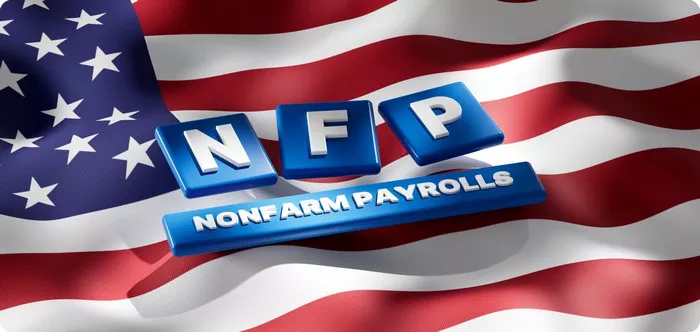The nonfarm payrolls report, a monthly release by the U.S. Bureau of Labor Statistics, serves as a cornerstone for understanding the health of the labor market. Beyond its significance for investors and the broader public, this economic indicator holds particular weight in the deliberations of the Federal Reserve. In this article, we will delve into the relationship between nonfarm payrolls data and the Federal Reserve, examining how the central bank utilizes this information to shape monetary policy decisions that influence the broader economy.
1. The Federal Reserve’s Dual Mandate:
The Federal Reserve, often referred to as the Fed, operates under a dual mandate: to maximize employment and maintain stable prices. Nonfarm payrolls data directly aligns with the employment aspect of this mandate, providing critical insights into the labor market’s performance.
2. Nonfarm Payrolls as an Employment Barometer:
For the Federal Reserve, understanding the employment landscape is paramount in fulfilling its mandate. Nonfarm payrolls offer a comprehensive view of job creation or contraction across various sectors of the economy, helping the Fed gauge the overall health of the labor market.
3. Impact on Interest Rate Decisions:
One of the primary tools in the Federal Reserve’s toolkit for influencing economic conditions is the setting of interest rates. The central bank adjusts the federal funds rate based on its assessment of economic indicators, and nonfarm payrolls data plays a crucial role in shaping these decisions.
4. Interest Rate Hikes and Strong Job Growth:
A robust nonfarm payrolls report with consistently strong job growth can influence the Federal Reserve to consider raising interest rates. The logic behind this is that in a scenario of low unemployment and high job creation, there might be concerns about the economy overheating, leading to inflationary pressures. Raising interest rates is a tool to cool down an economy by making borrowing more expensive.
5. Interest Rate Cuts and Economic Stimulus:
Conversely, periods of weak job growth or rising unemployment may prompt the Federal Reserve to contemplate interest rate cuts. Lowering interest rates aims to stimulate borrowing, investment, and spending, fostering economic growth. By closely monitoring nonfarm payrolls, the Fed can discern whether employment trends warrant such accommodative monetary policy.
6. Forward Guidance and Communication:
Apart from the direct impact on interest rates, the Federal Reserve uses nonfarm payrolls data for forward guidance. This involves communicating its expectations and intentions regarding future policy decisions. The central bank’s public statements often reference employment data, providing clarity to financial markets and the public on its stance and potential future actions.
7. Economic Outlook and Nonfarm Payrolls:
Nonfarm payrolls data contributes significantly to the Federal Reserve’s broader economic outlook. The central bank considers employment trends alongside other economic indicators, such as inflation, GDP growth, and consumer spending, to form a comprehensive assessment of the economy’s health.
8. FAQs on Nonfarm Payrolls and the Federal Reserve:
Q1: How often does the Federal Reserve review nonfarm payrolls data?
A1: The Federal Reserve reviews economic data regularly, and nonfarm payrolls data is a key component of its assessments. The Federal Open Market Committee (FOMC) meets eight times a year to review economic conditions and make monetary policy decisions.
Q2: Can nonfarm payrolls data alone determine Federal Reserve policy?
A2: No, the Federal Reserve considers a range of economic indicators, including inflation, GDP growth, and financial market conditions, in addition to nonfarm payrolls data. Policy decisions are based on a holistic assessment of the economy.
Q3: How quickly does the Federal Reserve react to changes in nonfarm payrolls?
A3: The timing of the Federal Reserve’s reaction to nonfarm payrolls data depends on various factors, including the perceived urgency of the economic conditions. In some cases, the Fed may act promptly, while in others, it may adopt a more measured approach.
Q4: Can the Federal Reserve’s decisions impact nonfarm payrolls?
A4: Yes, the Federal Reserve’s monetary policy decisions, particularly changes in interest rates, can influence economic conditions, including job creation. Lower interest rates may stimulate economic activity and support job growth, while higher rates can have a cooling effect.
Q5: How does the Federal Reserve communicate its decisions to the public?
A5: The Federal Reserve communicates its decisions through various channels, including press releases, official statements, and speeches by key officials. The chair of the Federal Reserve often holds press conferences to provide additional context and answer questions from the media.

